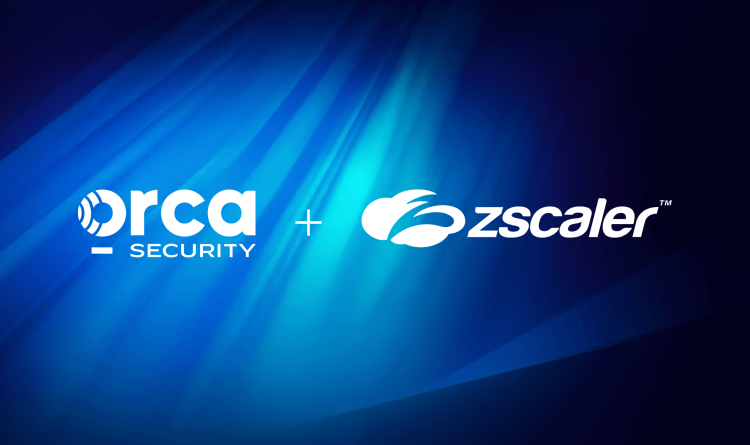An attack vector is a pathway or method used by threat actors to gain unauthorized access to a system, network, or cloud environment. It represents the specific tactics or techniques adversaries leverage to exploit vulnerabilities, misconfigurations, or human error to compromise data, escalate privileges, or disrupt operations. In cloud security, attack vectors span a wide range of entry points—ranging from exposed APIs and misconfigured storage buckets to compromised credentials and vulnerable containers.
What is an attack vector?
In cybersecurity, an attack vector is any route or mechanism that an adversary uses to infiltrate a digital environment. These vectors serve as the launching point for cyberattacks, allowing threat actors to deliver malicious payloads, extract sensitive data, or establish persistence within a system. Understanding attack vectors is critical to developing effective security controls, as each vector presents a unique risk surface that must be defended.
Cloud environments introduce more dynamic and complex attack vectors than traditional on-premises networks. With services and assets constantly spun up, modified, and decommissioned, the cloud’s evolving nature creates new avenues for exploitation. Common cloud attack vectors include misconfigured IAM roles, unpatched vulnerabilities, overly permissive firewall rules, and exposed secrets in code repositories.
Why attack vectors matter
Recognizing and mitigating attack vectors is foundational to proactive cloud defense. With no clear perimeter in the cloud, attackers can exploit any exposed or misconfigured component to gain access. Once inside, they may move laterally to escalate privileges or access sensitive systems.
Cloud-specific attack vectors have grown rapidly with the rise of:
- Public-facing APIs and services
- Infrastructure as code (IaC) misconfigurations
- Inadequate identity and access controls
- Vulnerabilities in container images or serverless functions
- Human error and lack of visibility into ephemeral assets
Failing to address these vectors increases the likelihood of data breaches, compliance violations, and operational disruption. According to CISA, cloud misconfigurations remain one of the most exploited vectors in cloud environments.
How attack vectors work
Attack vectors are enabled by a combination of technical weaknesses and contextual gaps. The process typically begins with reconnaissance, where attackers identify accessible components such as open ports, subdomains, or misconfigured permissions. They may use automated tools or social engineering to gather insights.
Once a vector is identified, the attacker initiates the exploit. This could involve:
- Exploiting unpatched vulnerabilities (e.g., Log4Shell)
- Using credential stuffing or phishing to gain access
- Accessing misconfigured storage (e.g., public S3 buckets)
- Leveraging exposed secrets or hardcoded API keys
- Exploiting insecure container orchestration platforms
Modern adversaries often use multiple vectors in chained attacks. For example, gaining access through a misconfigured cloud function may allow them to extract secrets, then escalate to privileged accounts using IAM role misuse.
Attack vectors also increasingly mimic legitimate cloud behavior to avoid detection. For example, attackers may abuse trusted CI/CD pipelines or legitimate third-party integrations.
Risks and challenges
Cloud environments introduce unique challenges in identifying and mitigating attack vectors:
- Lateral movement risk: Attackers often pivot across services using overly permissive IAM roles or unsegmented networks.
- Scale and speed: Cloud assets are spun up and down rapidly, which may outpace security teams’ visibility.
- Shared responsibility: Security teams must manage the portions of the stack under their control while relying on cloud providers for the rest.
- Tool fragmentation: Without unified security tooling, attack vector visibility is often spread across multiple platforms.
Emerging technologies further complicate the landscape:
- Containers and Kubernetes: These environments can introduce privilege escalation and isolation challenges.
- Serverless functions: Security blind spots may exist due to lack of traditional agents.
- Supply chain risks: Insecure dependencies and compromised third-party tools can open additional vectors.
Best practices for attack vector mitigation
To reduce the risk posed by attack vectors in cloud environments, organizations should:
- Continuously assess the attack surface: Identify internet-exposed services, misconfigurations, and open ports.
- Implement least privilege: Review and tighten IAM permissions across users and services.
- Secure CI/CD pipelines: Protect build artifacts, credentials, and environment variables.
- Perform regular vulnerability scanning: Identify exploitable software and misconfigurations early.
- Monitor for anomalies: Use cloud-native telemetry and threat detection to identify suspicious activity.
- Train teams in secure practices: Reduce risks from human error and insecure defaults.
Red teaming and threat modeling exercises can also help organizations uncover overlooked attack vectors.
How Orca Security helps
The Orca Cloud Security Platform helps organizations discover and understand their attack vectors across AWS, Azure, Google Cloud, Oracle Cloud, and Alibaba Cloud. Orca scans cloud environments agentlessly to identify vulnerabilities, misconfigurations, and a wide range of other risk types that could serve as entry points for attackers.
By analyzing relationships between assets—such as network exposure, IAM policies, and proximity to sensitive data—Orca maps potential attack paths that threat actors could exploit. The Orca Platform dynamically prioritizes risks to help security teams focus on the most exploitable and impactful vectors, not just isolated issues.
Through continuous monitoring and contextual alerts, Orca ensures organizations stay aware of evolving attack surfaces. The platform integrates with existing workflows and tools, including popular developer applications, enabling fast remediation of critical risks before they can be exploited.



